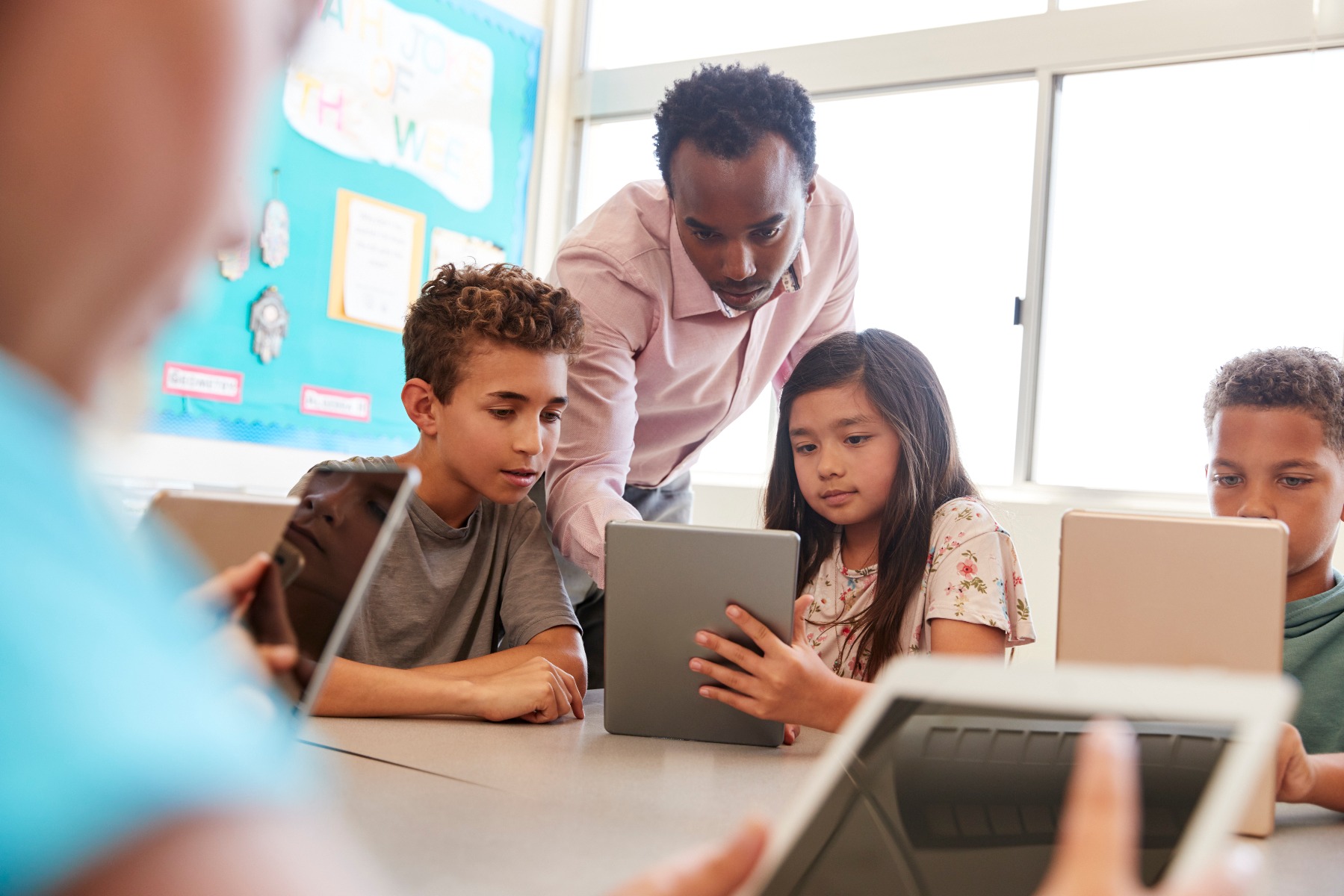7 Reasons Why We Need Technology in Classrooms

The landscape of the traditional classroom has drastically changed over the past thirty years. With these classroom changes came the implementation of technology. The use of technology in the classroom has given students a chance to benefit from interacting with different types of resources to learn. With the increasing dependence on technology, schools are shifting their classroom models to support the new infrastructure. Here are 7 reasons why we need technology in classrooms.
Improves Student Outcomes
According to a study by Alliance for Excellent Education and the Standford Center for Opportunity Policy in Education, it was found that technology (when implemented properly), can help increase student achievement and overall engagement. The study found that implementing technology in the classroom increased student retention when working with at-risk students. Giving students the technical resources that they need in order to complete assignments and find new information will benefit their retention - which is why 1:1 technology is recommended.
Provides Personalized Learning
One of the major selling points of EdTech devices is that you’re able to offer a more “personalized learning experience.” Although this is true, it is not the only benefit of technology in the classroom. Since there are a handful of learning styles, this means teachers have a unique audience to please. Technology makes appealing to these different learners much easier than it was in the past. Through different apps, games, and activities, technology makes it streamlined to attract these different types of students. For different ways to support these learning styles, read this article by Edutopia.
Builds Digital Life Skills
While educators tend to think of technology as a tool for pursuing competence in areas like research or coding, digital learning doesn’t stop there. Gen Zers have grown up exposed to smartphones and social media, leaving learning patterns filtered through the use of technology. Digital life skills like maneuvering their digital footprint, developing empathy online, learning how to protect their privacy, and applying critical thinking, have become essential for a student’s future. Teaching DQ, digital intelligence, and digital life skills as part of their K12 curriculum can help them not only navigate the world online but thrive. Introducing a curriculum like Cyber Civics will not only lead to more responsible children but can impact incidents at schools by reducing inappropriate digital behavior and cyberbullying.
Encourages Excitement
Children are consuming media much differently than children of the past, therefore, learning has evolved. With students being immersed in interactive experiences and consuming media from a very young age, it can be a swift switch from previous learning methods to a more engagement-based approach in the classroom. Features like personalization and learning experiences broken into stages with rewards for accomplishing each stage can significantly improve retention. In many cases, students are more engaged and excited about learning when it is done this way, plus it allows students to learn at their own pace. As it becomes even more important for students to embrace STEM, new and inventive uses of teaching are essential for retention, and technology will likely be at the forefront of that conversation.

Presents Accessibility to Outside Perspectives
The emergence of video conferencing has introduced classrooms to more than just textbook credibility, but the opportunity to discuss topics with experts around the world. Virtual guest lectures allow students to interact with people that have studied areas of specialty for years or have been raised in different cultures, plus it is a cost-effective way of enhancing and facilitating a more rounded learning experience. At Southern Illinois University Edwardsville, Dr. Carolina Rocha integrated virtual guests into her Spanish American Literature and Cinema curriculum to expose her students to different accents, while also presenting the analysis of film through the lens of other experts. This fostered deep conversations that without the experience would have never been explored.
Prepares Students for the Workforce
When today’s students reach the workforce age, the job sphere may be a whole different playing ground. Dell Technology estimates that 85% of the jobs in 2030 haven’t been invented yet. In a study with 4,000 senior decision-makers across the globe as part of Dell’s Transformation Index study, 73% believed that in order to succeed, they’d need to be more ‘digital’. This means that technological-minded employees will be an important piece of the workforce's future. Providing children with access to technology early can help them develop skills that can be built upon throughout their entire educational career, and be beneficial as they join the technology-driven workforce.
Provides Limitless Information That is Easy to Access
The availability of technology in education grants students the freedom to explore and gain access to the endless world of information. Although the internet shouldn’t be the only source of information for students, it allows students to easily research and gain access to information they didn’t have before. Not all of the information on the internet is accurate - but younger students aren’t aware of that. Teaching students about access to information on the internet is a great time to teach them about resource reliability and the best places to find accurate information.
Using Chromebooks in the classroom is a great way to get students involved and interested in their learning! If your school district is interested in integrating 1:1 Chromebooks in schools, read our blog, Tips for Implementing 1:1 Chromebooks to learn more.
